Adam Scovell reflects on the the forgotten landscapes of Lynne Ramsay’s Ratcatcher

A boy is looking out of a window. The view is of an oily looking canal surrounded by patches of scrubland. This isn’t a picturesque vision, a canal tidied up by renovation or gentrification, but a stretch of grey-green water running through the city of Glasgow. Its banks are strewn with rubbish yet still defiantly green, the vegetation growing in contrast to the concrete buildings around it. The boy is so drawn to this landscape, and the fact that his friend is playing in this childish Xanadu, that he skives off from accompanying his mother to see his imprisoned father, and opts instead to explore and play in this realm. His excitement turns to fear however as the game he plays with his friend ends with terrible consequences.
This is the opening scenario from Lynne Ramsay’s debut feature film, Ratcatcher (1999). Turning twenty this November, the film has lost none of its power or sense of place, rendered with enough skill to see it enter the Un Certain Regard at Cannes and go on to win a slew of awards. Though Ramsay is now a respected cinematic name thanks to American features such We Need To Talk About Kevin (2011) and the recent You Were Never Really Here (2017), her sense of place is never bettered or more radical than in Ratcatcher; a personal project that portrays derelict and forgotten landscapes in a deeply innovative and idiosyncratic way.
Ramsay’s film is set during the bin strike that hit Glasgow in late 1974 and which ran for several consecutive months before concluding in April 1975. We see the world through the eyes of James (William Eadie), a young boy stuck in the one of crumbling council estates of the city, soon to be moved to one of the new-build suburbs sprouting on the outskirts. James must wrestle with both his conscience and his environment as the film opens with his actions leading to the death of his young friend in the littered canal behind his municipal block. The film is more of a personal exploration, examining how tough landscapes and their equally tough communities are experienced by those forced to subdue their own sensitivity, emotionally and physically.
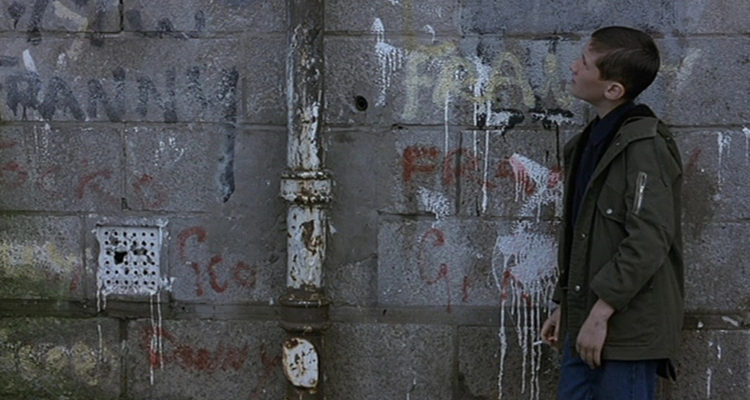
Though dealing with emotional fallout and the strain on relationships that poverty exerts, Ratcatcher is still a portrait of a place. Even putting aside the bin strike that leaves the streets filled with mounds of rubbish, rotting material and bags writhing with rats, the landscape is still defiantly unromantic. Ramsay is continuing in an unusually British tradition of taking note of such places and, while never attempting to see them through any sort of pastoral or nostalgic eye, clearly holds some affection for them. Sometimes labelled as edgelands, a rather ambiguous term as to what exactly they are on the edge of – countryside, city, decency, safety? – the Glasgow edgelands of the film are undeniably beautiful in the way the director has shot them. They are filled with detail so increasingly rare in much of today’s film drama and cities generally; derelict sites where explosions of buddleia echo earlier explosions of German bombs, steel fences graffitied equally with lichen as spray-paint, and wildlife interspersed between rubbish, adapting to the human presence.
The canal in particular is a murky, dangerous realm, reminding of the 1970s Public Information Film with the “spirit of dark and lonely water”; a short educational film telling of the dangers of stagnant urban water by suggesting it to be haunted by a malevolent spirit voiced by Donald Pleasence. Not least because the canal tries to claim two lives in the film (succeeding with one), the water of Ratcatcher is certainly “dark and lonely”, almost sentient in fact. When a young girl loses her glasses in its waters, thrown there by a gang of bullies, they seem to disappear forever. The canal is rather like The Zone from Andrei Tarkovsky’s Stalker (1979); an edgeland with agency and esoteric powers that can deny or allows access as it pleases. Ramsay even shoots the glasses in the water rather like Tarkovsky shoots the various machinery of war now submerged and rusting under water in his film; the realm reclaiming whatever it pleases.
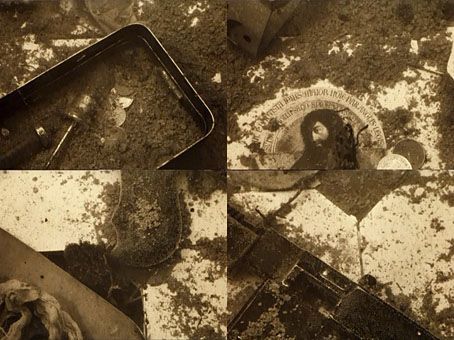
Ramsay was building on a number of different traditions. Landscapes such as these have come to be used in dramas dealing with working-class communities in particular, often because they are quite simply the landscapes so often readily engaged with. Seeing James run along the canal, in an attempt to escape from his demons rather than in exhilaration at being outside, it’s impossible to not draw a likeness to the opening of Ken Loach’s Kes (1969). Billy Casper of Loach’s film runs through similar landscapes in Barnsley – part industrial, part rural – places that never quite decide on what to be. When Billy reads his stolen copy of The Dandy he sits in the long grass of the hill, but a hill looking out over the stark brutality of the coal mines. The same landscapes are there in Clio Barnard’s The Selfish Giant (2013) and Andrea Arnold’s Fish Tank (2009), both on some level feeling like echoes of Ramsay’s film.
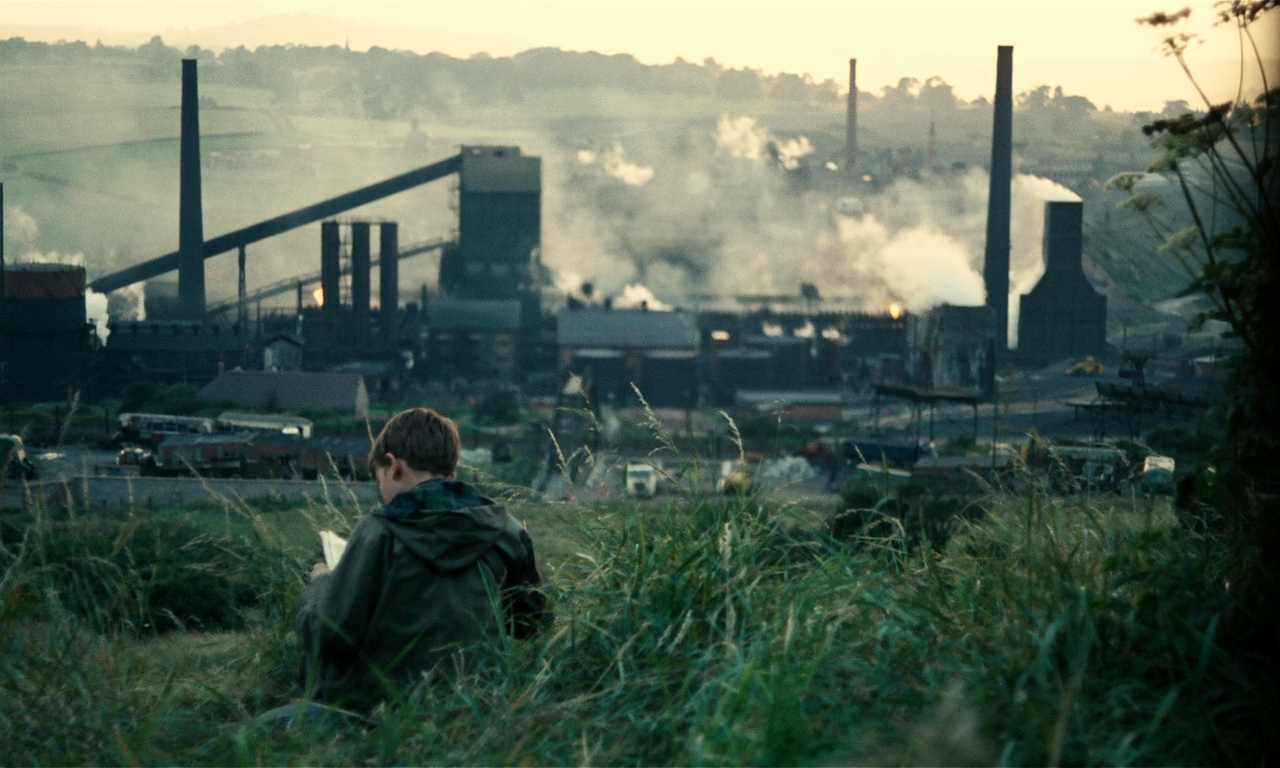
Equally, such landscapes have taken precedence in post-war British art, not least because the pastoral seems increasingly at odds with the landscapes that the majority of people, now living in more urban and suburban areas, experience every day. Mere years after the period of Ratcatcher’s setting, the artist Keith Arnatt embarked on his photographic series Area of Outstanding Natural Beauty (1982-1984) in which he sought to evoke the same atmospheres from these landscapes through beautiful, black & white photography. In one of the photos there’s even the presence of a patch of lonely water, bordered by the same battered mesh fences and concrete posts seen in Ramsay’s film. In documenting these spaces under that title, his work was a rewriting of the flawed traditions regarding what places and landscapes really mattered. Today, visual artists such as George Shaw and Laura Oldfield Ford find equal purchase in engaging with these places, charged with personal and powerful collective memories. Seeing such work can almost be an uncanny experience, half recognised yet also not, as if we have been conditioned to always turn away.
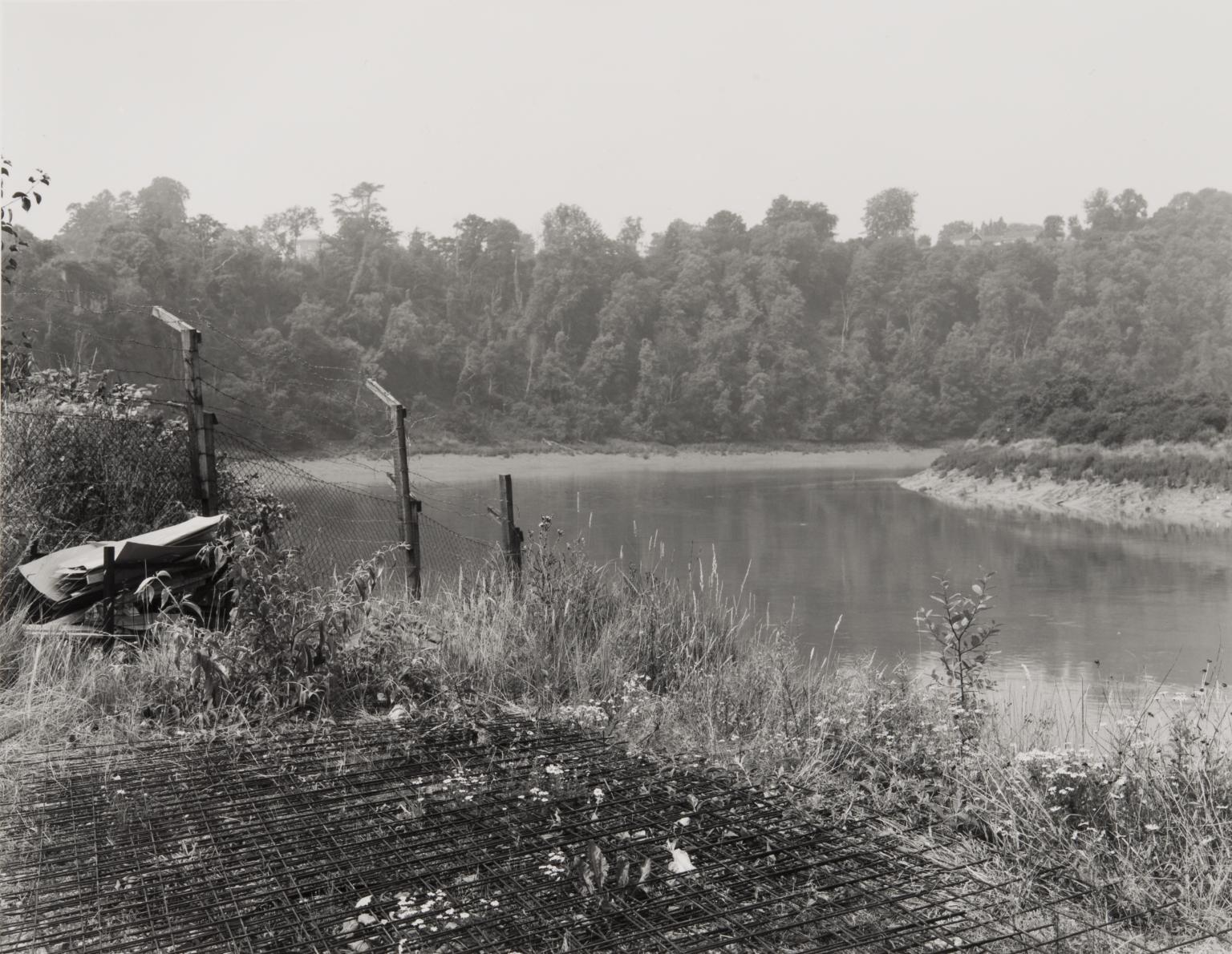
In the end, the radical nature of Ramsay’s film comes from its engagement with place. There’s something essentially mythological in how its characters interact with the space they are surrounded by, even when they are shown as somewhere dangerous and decidedly the flipside of traditional, picturesque ideals. This mythology not least comes from a child’s perspective; discussion of these landscapes is often tempered with childhood memories, where vast realms of the imagination turned them into whole new worlds.
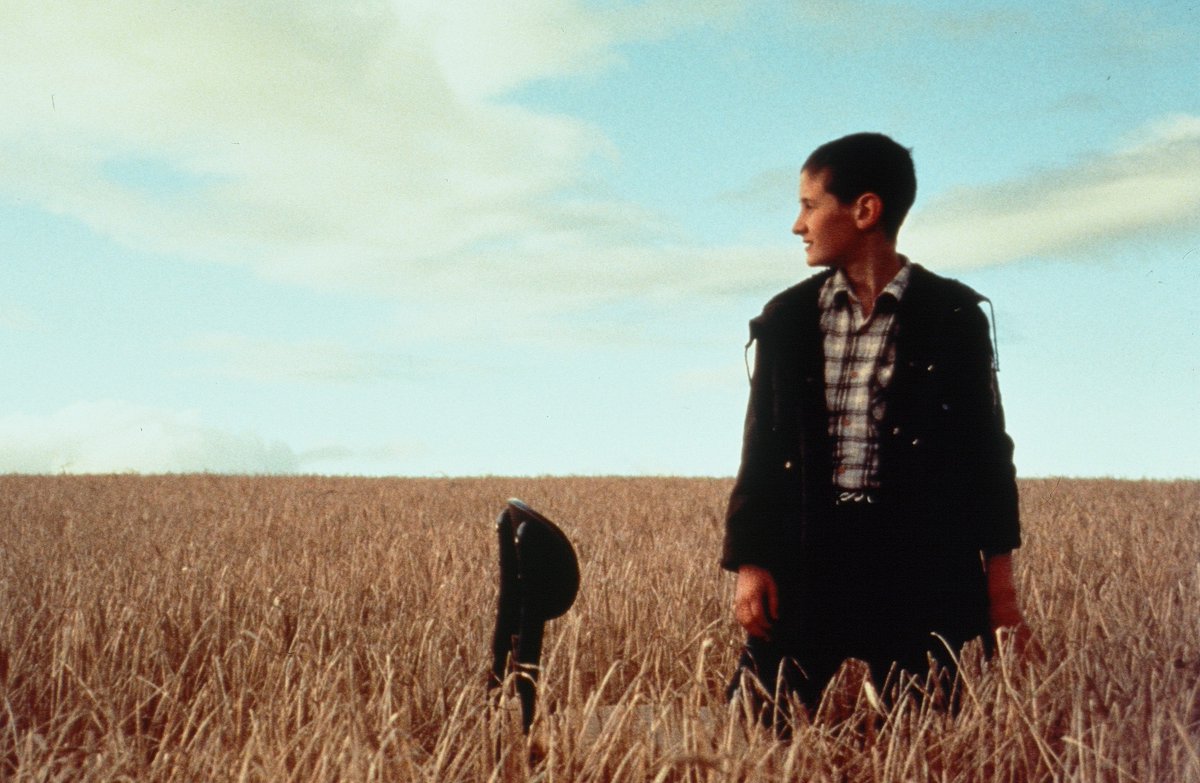
When James later takes the bus to the end of the line, he comes across the estate he will eventually move to, half built and empty like a ghost town. In one scene, he looks out of a gap in the wall where one day a window will reside. Outside seems like a dreamscape – a field of wheat stretching to the horizon. It’s almost a shock to watch him jump through it and into the purely rural, rather like Alice through the looking glass. Ramsay has already shown the viewer that James has no bias when it comes to places; his curiosity is endless. Only when out in the air, in derelict brownfields or in the wheat fields he almost dreams into existence, is he slowly freed of his guilt, dissipating into the soil, whether ploughed for crops or strewn with buddleia buzzing with life.